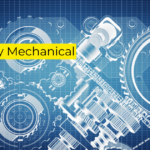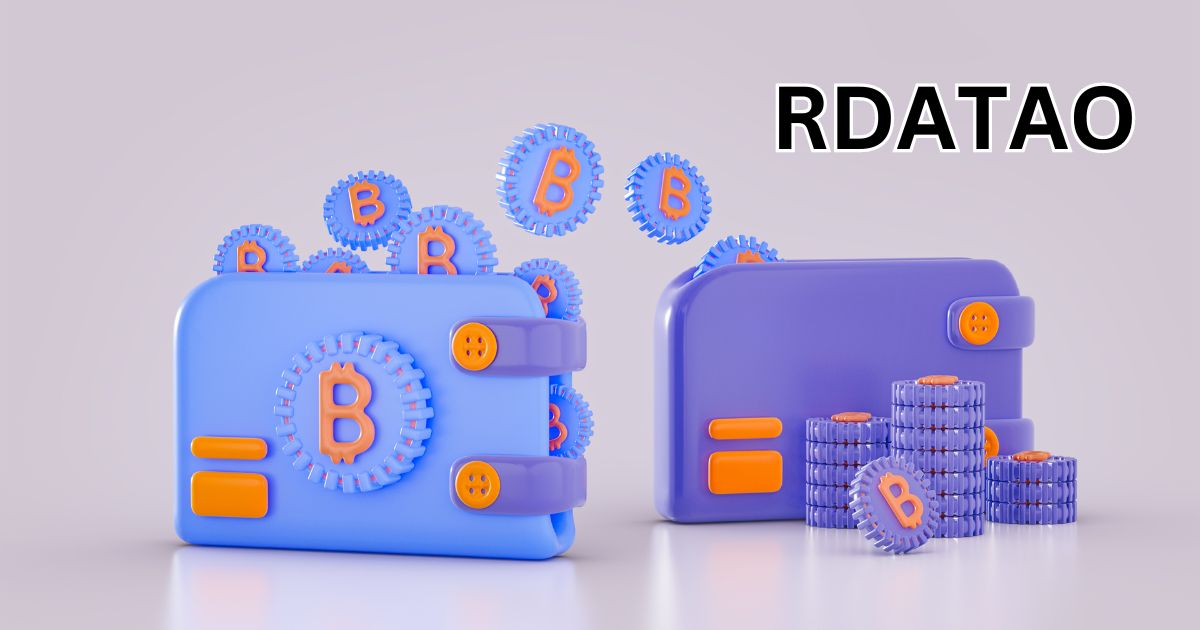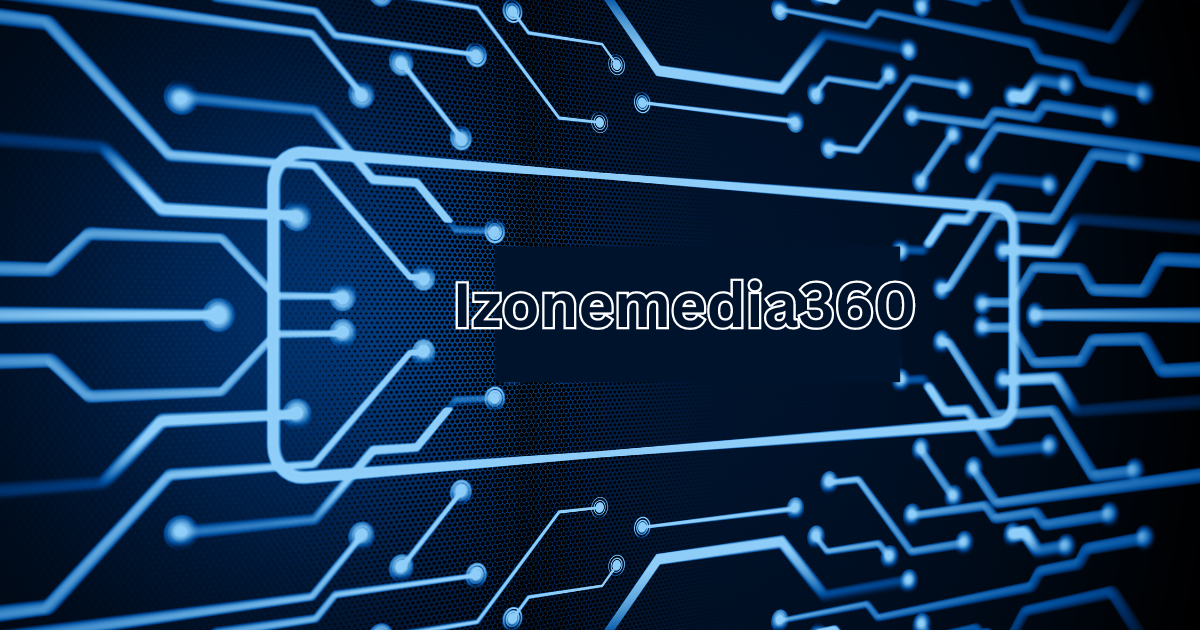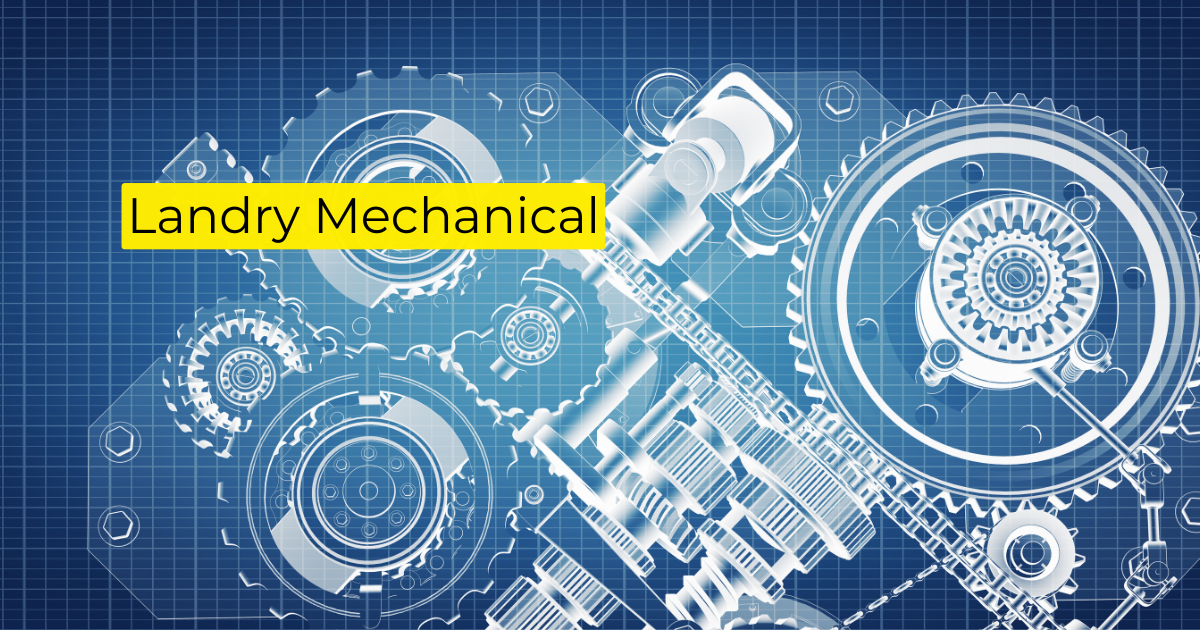RDATAO, an acronym for Real-time Data Analytics and Optimization, represents a significant leap in the field of data management and analytics. By harnessing advanced algorithms and real-time processing capabilities, RDATAO enables businesses to make informed decisions swiftly and accurately. Unlike traditional data analytics tools, which often process data in batches and with considerable delay, RDATAO operates continuously, providing up-to-the-minute insights that are crucial for dynamic environments.
In the current digital era, the volume, velocity, and variety of data generated are unprecedented. Traditional data management systems struggle to keep up with this influx. RDATAO stands out by offering real-time processing and analytics, ensuring that data is not only collected but also immediately analyzed and utilized. This capability is especially critical in industries where time-sensitive decisions are paramount, such as finance, healthcare, and retail. The real-time aspect of RDATAO transforms raw data into actionable insights instantaneously, giving businesses a competitive edge.
The primary goal of this article is to delve deep into the concept of RDATAO, exploring its mechanisms, benefits, applications, and future prospects. By the end of this article, readers will have a comprehensive understanding of how RDATAO works, its significance in various sectors, and why it is poised to revolutionize the way we handle and analyze data. Whether you are a tech enthusiast, a business leader, or a data professional, this guide aims to provide valuable insights into unlocking the power of RDATAO.
What is RDATAO?
Definition of RDATAO
RDATAO stands for Real-time Data Analytics and Optimization, a technology framework designed to process and analyze data as it is generated. Unlike traditional data analytics, which often involves lag time between data collection and analysis, RDATAO systems work in real-time. This immediate processing allows organizations to respond to changing conditions promptly, making it invaluable for dynamic industries.
Key Components of RDATAO
The core components of RDATAO include data ingestion mechanisms, real-time processing engines, advanced analytics algorithms, and data visualization tools. Data ingestion mechanisms ensure that data from various sources is seamlessly integrated into the system. Real-time processing engines are responsible for continuous data analysis, while advanced analytics algorithms, including machine learning and predictive modeling, provide deep insights. Data visualization tools then present these insights in an accessible and actionable format.
Evolution and History of RDATAO
The concept of real-time data analytics has evolved over the past few decades, driven by advancements in computing power, data storage, and algorithms. Initially, data analytics was confined to batch processing, with significant delays between data collection and analysis. The development of real-time processing engines and in-memory computing marked a turning point, allowing for instantaneous data analysis. Today, RDATAO represents the culmination of these advancements, offering a robust framework for real-time data analytics and optimization.
Also Read: Pichuneter
The Importance of RDATAO
RDATAO in Data Analytics
RDATAO revolutionizes data analytics by enabling real-time insights and immediate decision-making. Traditional analytics often suffer from latency, rendering them less effective in fast-paced environments. RDATAO eliminates this lag, allowing businesses to analyze data as it is generated. This real-time capability is particularly crucial for applications requiring immediate responses, such as fraud detection, predictive maintenance, and personalized customer experiences.
How RDATAO Enhances Data Management
Data management involves the collection, storage, and utilization of data. RDATAO enhances these processes by ensuring that data is not only stored efficiently but also analyzed in real-time. This continuous analysis allows for better data governance, improved data quality, and more effective data utilization. By integrating real-time processing into data management, RDATAO helps organizations maintain accurate, up-to-date information, which is essential for operational efficiency.
The Role of RDATAO in Business Intelligence
Business intelligence (BI) is about transforming data into actionable insights. RDATAO plays a critical role in BI by providing real-time analytics, which are essential for making informed decisions quickly. With RDATAO, businesses can monitor key performance indicators (KPIs) in real-time, identify trends as they emerge, and respond to market changes promptly. This ability to act on current data rather than historical data gives organizations a strategic advantage in today’s fast-paced business environment.
How RDATAO Works
Core Mechanisms of RDATAO
RDATAO operates through a series of interconnected mechanisms designed to process and analyze data continuously. The process begins with data ingestion, where data from various sources, such as sensors, social media, and transactional systems, is collected in real-time. This data is then fed into real-time processing engines, which use advanced algorithms to analyze the data instantly. The results of this analysis are then visualized using dashboards and reports, providing immediate insights.
RDATAO Algorithms and Techniques
The effectiveness of RDATAO lies in its use of advanced algorithms and techniques. These include machine learning algorithms for predictive analytics, clustering algorithms for pattern recognition, and natural language processing (NLP) for text analysis. These algorithms are designed to work with real-time data, providing accurate and timely insights. Techniques such as stream processing and in-memory computing are also employed to ensure that data is processed with minimal latency.
Integration of RDATAO with Existing Systems
Integrating RDATAO with existing systems is crucial for maximizing its benefits. This involves connecting RDATAO platforms with current data sources, databases, and analytics tools. APIs and data connectors are commonly used for this integration, ensuring seamless data flow and compatibility. Additionally, organizations may need to upgrade their infrastructure to support real-time processing, including enhancing their network capabilities and adopting cloud-based solutions.
Benefits of Using RDATAO
Improved Data Accuracy with RDATAO
One of the primary benefits of RDATAO is its ability to improve data accuracy. By processing data in real-time, RDATAO systems minimize the risk of outdated or incorrect information. This continuous validation and verification of data ensure that decision-makers have access to the most accurate and up-to-date information, reducing errors and enhancing overall data integrity.
Increased Efficiency through RDATAO
RDATAO significantly boosts operational efficiency by automating data processing and analysis. This automation reduces the time and effort required to gather, process, and analyze data manually. With real-time insights readily available, organizations can streamline their operations, identify inefficiencies promptly, and implement corrective actions without delay. This increased efficiency translates to cost savings and improved productivity.
Cost-Effectiveness of Implementing RDATAO
While the initial investment in RDATAO technology can be substantial, the long-term cost savings are significant. RDATAO reduces the need for manual data processing and analysis, lowering labor costs. Additionally, by providing real-time insights, RDATAO helps organizations avoid costly mistakes and capitalize on opportunities promptly. The overall improvement in efficiency and accuracy further contributes to the cost-effectiveness of RDATAO.
Applications of RDATAO
RDATAO in Healthcare
In healthcare, RDATAO is transforming patient care and operational efficiency. Real-time data analytics enable healthcare providers to monitor patient vitals continuously, detect anomalies early, and make timely interventions. This capability is crucial for critical care, chronic disease management, and personalized treatment plans. Additionally, RDATAO helps in optimizing hospital operations, reducing wait times, and improving resource allocation.
RDATAO in Finance
The finance sector benefits immensely from RDATAO, particularly in areas like fraud detection, risk management, and trading. Real-time analytics enable financial institutions to detect fraudulent activities as they occur, minimizing losses. RDATAO also assists in managing financial risks by providing up-to-the-minute insights into market conditions. For traders, real-time data analysis is essential for making informed decisions quickly, enhancing profitability.
RDATAO in Retail
In retail, RDATAO enhances customer experience and operational efficiency. Real-time analytics allow retailers to monitor inventory levels, track customer behavior, and personalize marketing efforts. By understanding customer preferences and purchasing patterns in real-time, retailers can tailor their offerings and promotions, boosting sales and customer satisfaction. RDATAO also optimizes supply chain operations, ensuring timely restocking and reducing waste.
RDATAO in Manufacturing
Manufacturing industries use RDATAO to improve production processes and quality control. Real-time data from sensors and IoT devices provide insights into machine performance, enabling predictive maintenance and reducing downtime. RDATAO also aids in quality control by continuously monitoring production lines and detecting defects early. This real-time monitoring ensures that manufacturing processes are efficient, cost-effective, and produce high-quality products.
Challenges and Limitations
Common Challenges in RDATAO Implementation
Implementing RDATAO is not without challenges. One of the primary obstacles is the integration with existing systems and data sources, which can be complex and time-consuming. Additionally, organizations may face scalability issues as data volumes grow. Ensuring data quality and consistency in real-time is another significant challenge, requiring robust validation mechanisms.
Overcoming Technical Barriers with RDATAO
To overcome these technical barriers, organizations need to invest in the right infrastructure and expertise. This includes adopting scalable cloud solutions, enhancing network capabilities, and employing skilled data scientists and engineers. Implementing robust data governance policies and using advanced data validation techniques can also help ensure data quality and consistency.
Addressing Security Concerns in RDATAO
Security is a major concern in RDATAO, given the continuous flow of sensitive data. Organizations must implement stringent security measures, including encryption, access controls, and real-time monitoring of data flows. Ensuring compliance with data protection regulations, such as GDPR and CCPA, is also crucial. Regular security audits and updates can help mitigate risks and safeguard data integrity.
Future of RDATAO
Emerging Trends in RDATAO
The future of RDATAO is shaped by several emerging trends. One key trend is the increasing use of artificial intelligence and machine learning to enhance real-time analytics capabilities. Another trend is the growing adoption of edge computing, which brings data processing closer to the data source, reducing latency. The integration of RDATAO with blockchain technology for enhanced data security and transparency is also gaining traction.
Innovations Shaping the Future of RDATAO
Innovations in hardware and software are set to revolutionize RDATAO further. Advances in quantum computing hold the potential to process vast amounts of data instantaneously, significantly boosting RDATAO capabilities. The development of more sophisticated algorithms and analytics tools will also enhance the accuracy and depth of real-time insights. Additionally, the proliferation of IoT devices will provide more data sources, enriching the scope of RDATAO applications.
Predictions for RDATAO in the Next Decade
In the next decade, RDATAO is expected to become an integral part of various industries, driving innovation and efficiency. We anticipate widespread adoption across sectors, from healthcare and finance to manufacturing and retail. As technology evolves, RDATAO systems will become more accessible and affordable, enabling even small and medium-sized enterprises to leverage real-time analytics. The continued advancement of AI and machine learning will further enhance the capabilities of RDATAO, making it a cornerstone of data-driven decision-making.
Conclusion
RDATAO, or Real-time Data Analytics and Optimization, is a transformative technology that processes and analyzes data in real-time, providing immediate insights for informed decision-making. Its core components include data ingestion, real-time processing engines, advanced analytics algorithms, and data visualization tools. RDATAO enhances data accuracy, operational efficiency, and cost-effectiveness, with applications across various industries such as healthcare, finance, retail, and manufacturing.
Unlocking the power of RDATAO requires understanding its mechanisms, benefits, and applications. While there are challenges in implementation, the long-term benefits of improved decision-making, operational efficiency, and cost savings far outweigh the initial hurdles. As technology continues to evolve, RDATAO will play an increasingly crucial role in data-driven strategies, driving innovation and competitiveness.
Organizations looking to stay ahead in today’s fast-paced digital landscape should consider adopting RDATAO. By investing in the right infrastructure, expertise, and security measures, businesses can unlock the full potential of real-time data analytics and optimization. Embrace RDATAO to transform data into actionable insights, drive efficiency, and gain a competitive edge in your industry.









